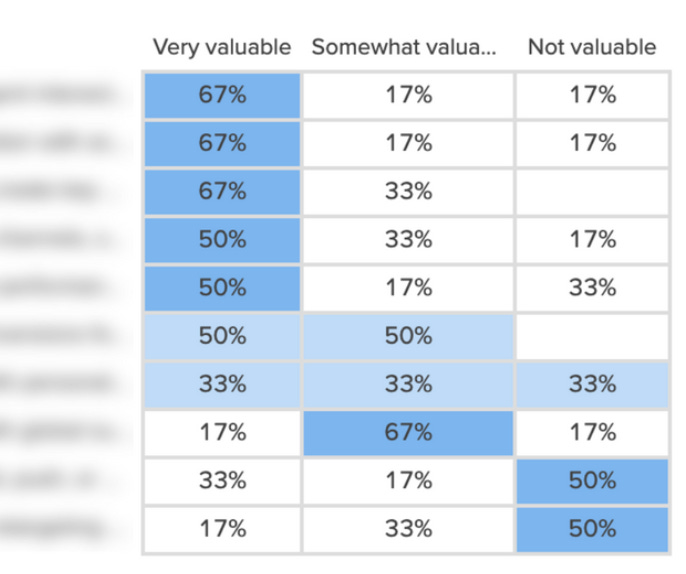Product Discovery
Tips and tricks for finding your next breakout product
Over the last few weeks I've been working with Victor and Hannah on a customer research project running product discovery for new Segment Twilio products.
Sharing a few reflections on some of the tips and tricks we found helpful along the way...
0. Great product ideas are built by teams that listen
Listen to your customers and they will tell you their problems. They will share the solutions that they have built themselves, that no one else has figured out. They will tell you what problems they don't have, that you mistakenly thought they had.
If you want new product ideas, talk to your customers with no other agenda than to listen
1. Record Every Call
I learned this from Micheal Bamberger (CEO of Tetra Insights) a few years back, who was horrified to learn we weren't recording our research calls. Research calls are messy. Lots going on between taking notes, thinking about where to take the convo, understanding what the person is telling you.
Recording (and using a tool like Tetra) helps you be more present, bc you can always go back to tape & transcript
2. The more you summarize, the less customer empathy you build
There's this interesting tension in synthesizing research. Most people don't have time to listen to the raw interviews...but the more you compress those interviews into bullet points the less empathy you build.
The beauty of qualitative research is that it can be emotional. You can hear the sense of excitement or frustration from you customers. A chart or slide deck summarizing your findings cannot compare.
3. Find the Money Quotes 💸
Highlight reels and "money quotes" are the perfect pairing for research synthesis. We actually played customer interview highlights at company all-hands so everyone can share in the experience of being with our customers.
Wherever possible, share highlights of the raw research over summarizing
4. Card Sort, Surveys, Stickies, Oh My!
There are many more research tools available beyond plain vanilla customer interviews. We used a card sorting exercise @optimalworkshop that got us nice structured data.
It's easy to default to customer interviews but there's much more out there!
5. Everyone wants to talk solutions (including you!)
Part of customer research is wading in customer problems and ambiguity. In almost every conversation, customers, our team, and x-functional stakeholders wants to talk about how to fix problems. It's uncomfortable to stare at problems for so long, but it can bring new clarity and highlight assumptions if you get it right
6. Host a readout session
Another one that seems obvious but not done enough. Hold an open session to share your findings with the org. Put it in the calendar a few weeks and use it as a deadline.
You can generate new insights build org context by getting other folks to discuss and debate what you learned


